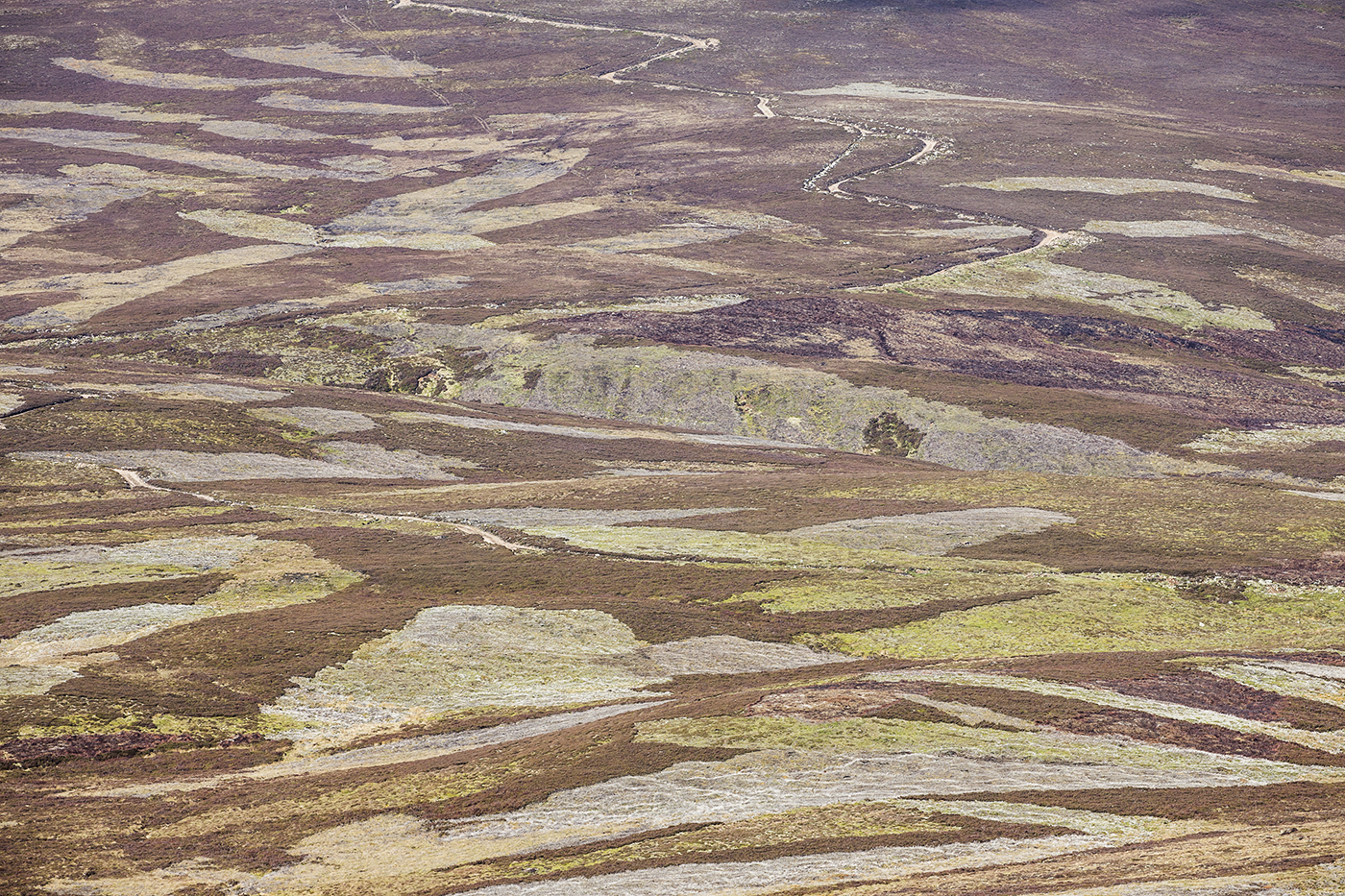
This time last year I was finishing writing Inglorious. As I wrote it, it became clearer to me that the game really was already up for driven grouse shooting – it was on its last legs but it might keep stumbling along for a decade or more because of the power of the vested interests involved.
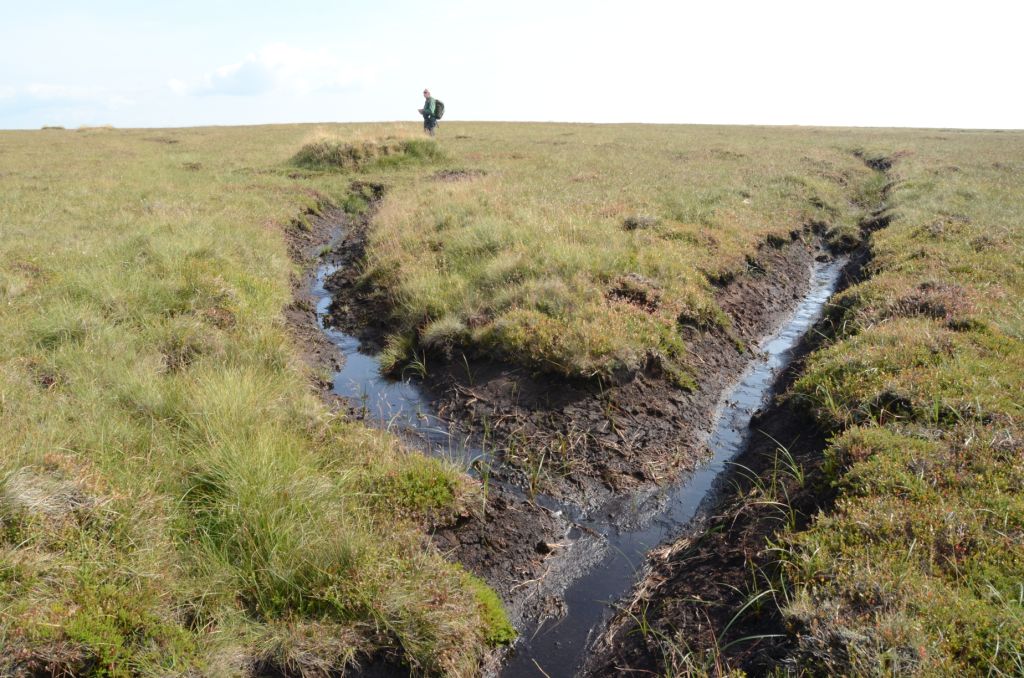
The floods of the last few weeks have been primarily caused by heavy rain – if it hadn’t rained then we wouldn’t have floods. But recent events have made more people realise that the nature of the ground over which rainwater flows is an important determinant of whether and how badly it will cause floods. How we manage our hills affects whether they exacerbate floods or moderate them. And management for the hobby of grouse shooting is a big part of the upland scene. Burning and draining, to create the right conditions for Red Grouse for the rich to shoot, are techniques that are likely to lessen water retention in the hills and get that water off the hills much quicker. It seems that the grouse managers don’t care too much where the water goes, that’s someone else’s problem. That’s why we have governments – to act on behalf of the many even if it doesn’t always suit the interests of the few.
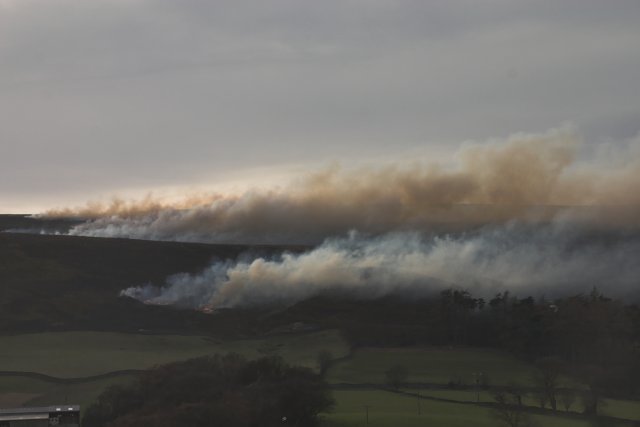
Of course, all that rain in December may or may not be a product of climate change. Grouse moor management has been criticised since I wrote Inglorious by the Committee on Climate Change and the FT reported Daniel Johns, head of adaptation at the Climate Change Committee as saying that ‘grouse moors and sheep farming led water to run straight off hills into populated valleys. Burning back heather reduced its ability to retain water and reduced areas of peat’. Earlier this year the same committee wrote in its report to government ‘The damaging practice of burning peat to increase grouse yields continues, including on internationally protected sites‘.
And the wildlife crime goes on too. Fewer people may care about the beautiful sight of a Hen Harrier floating over a blanket bog than care about their houses being flooded but these people are all on the same side – they should want change in the hills. The momentum is building on just about every front and there is no escape for grouse shooting.

To produce large numbers of Red Grouse for a rich person’s pointless hobby you need intensive management to get the number of birds up. To do that, you need to get rid of as many natural predators as possible, foxes, crows etc legally, and birds of prey if you (or your neighbour) can get away with it (which they usually can) and you need to drain and burn the moors to produce heather monocultures that are good for the production of unnaturally high levels of (increasingly diseased) Red Grouse for shooting.
No-one can justify this use of the hills and no-one will for much longer. Instead, as you have seen, they will play the game of plausible denial. ‘No I don’t kill raptors – just a few bad apples, you know’. ‘Hen Harriers need grouse moors to survive, you know’. ‘Grouse management protects the peat stores, you know?’. ‘We provide beautiful landscapes that deliver far more than just a traditional sport, you know?’.
All this is looking pretty shabby now. The management of the uplands for an entirely pointless sport is an ecological disaster that we taxpayers are paying for several times over: in grants and subsidies to landowners; in the loss of wildlife that belongs to us all; in increased carbon emissions; in water supplies that require expensive treatment; and, yes, in increased flood risk which, when it rains a lot, leads to worse floods. And denial of this package of harmful impacts is no longer plausible.
No amount of brood management will stop flooding, and no amount of blocking of drains will put the Hen Harriers back in the hills. The system of intensive management for driven grouse shooting is a Victorian hangover from the time when women lacked the vote (as did most men), from when the landowner knew best and from when the profession of scientist hardly existed. Continuing to use our hills for a rich man’s hobby when this hobby necessarily disadvantages society as a whole is not just living in the past, it is living in the distant past. If driven grouse shooting did not exist we certainly wouldn’t introduce it to our hills today, so why keep it when we know it to be damaging?
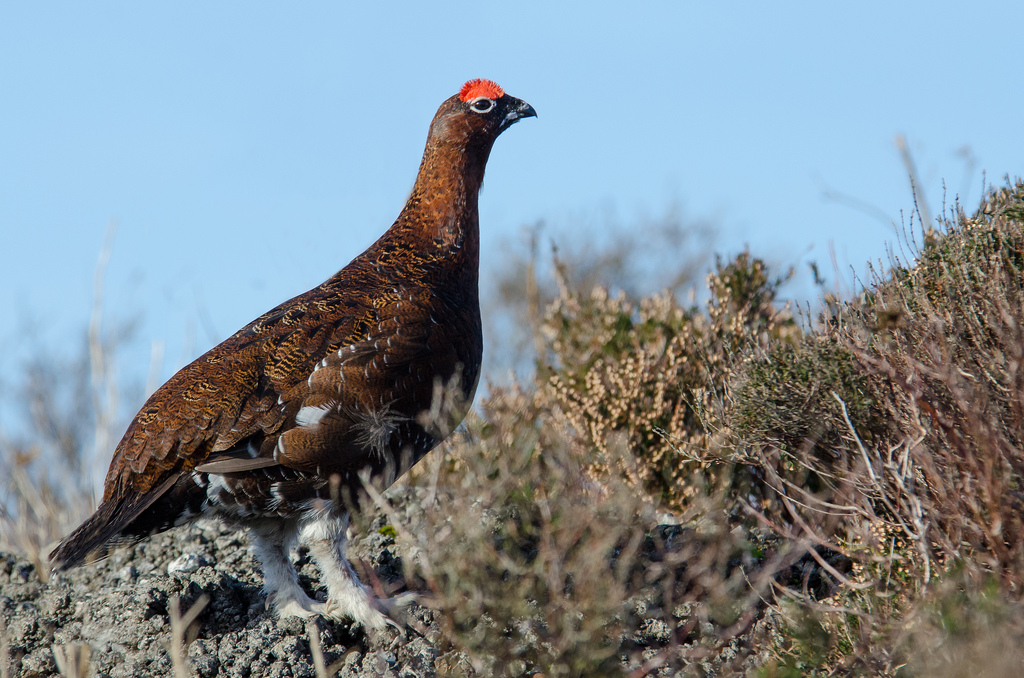
But, as Inglorious spells out, there is no sign that grouse moor owners and managers are ready to change their ways – land management has intensified rather than lessened in recent years and wildlife crime has increased rather than decreased. This is where government needs to step in for the public good.
Defra will have had a sharp shock over the last few weeks, with the increasing focus on grouse moor management because they have, for the last few years, been used to treating the grouse shooting industry as their mates. Take a look at the response of Defra to the e-petition to ban driven grouse shooting and see how a government department reproduces the nonsense of the vested interest of the grouse moor industry. Was this written, in September, by a department that has a clue about the role of land use in flooding and carbon storage, or a clue about how to stop protected wildlife being killed, or a clue about the economic cost of water pollution and flooding compared with the paltry sums from a worthless ‘sport’? You decide.
If you want floods, knackered peat bogs and hills stripped of their natural wildlife (even in National Parks) then you should be quite happy with the inaction of Liz Truss and Rory Stewart (and others before them) who seem to think that throwing a few tens of millions of pounds at the symptoms of a problem is all that is needed when they should be addressing the causes at their source. If you want a more sustainable and ecologically secure future then you might want to give Defra a nudge and sign this e-petition to ban driven grouse shooting.
A year ago I was writing Inglorious. See Chapter 4 for details of the unfolding of the case for protecting the uplands for their ecosystem services. See Chapter 5 for the publication of the important EMBER study. See Chapter 6 for a picture of how the uplands could be without grouse shooting – better and more use to us all. See Chapter 7 for how you can help make a difference.
[registration_form]
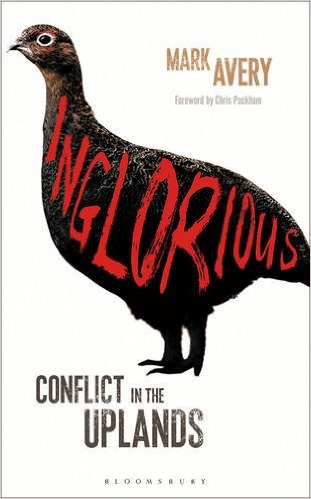
I couldn’t have said it better myself
A great read to start 2016. I will share this blog many times over.
Isn’t this the ideal moment for Jeremy Corbyn to wade in on this issue in respect of flooding in northern towns? (sorry about the unintentional pun). Cameron should be on the ropes over this, its an open goal or will JC miss a sitter? To employ the shooting/boxing vernacular he should be getting a left and a right at the next PMQs.
Isn’t this somewhat disingenuous Mark? Lindsay Waddell, head of NGO, spent years (decades in fact) as the groungbreaking proponent of blocking moorland grips as advantageous to moorland (and grouse) management, a campaign that was subsequently supported by both GCT and RSPB as a result of the quite spectacular results he achieved at Raby by doing it?
I am sure that, given your former position, you are well aware of this, so I don’t really understand why you have failed to mention this?
Kie – maybe because that’s not exactly how I see it and because one swallow doesn’t make a summer?
“Not exactly how I see it”
I don’t believe any part of my post was conjecture or a matter of ‘belief’ – it is a clear matter of record that Waddell has been a leading proponent of grip blocking for many years, I had the honour of hearing it personally in a field trip in 1994, and I am aware of many others who have been shown this work.
Are you suggesting that this is factually incorrect? How can you ‘not see it’ like that when its a clear statement of record? Surely you were aware of this?
It may be uncomfortable if the facts don’t support your blanket, partisan dismissal of existing moorland management regimes, but it belittles you to fail to mention established and successful good practice where it you know that it takes place, and reveals a lack of intellectual rigour not to give credit where credit is due (and backed by results that have been accepted by the RSPB, who even produced a joint DEFRA and GCT leaflet about it!) even though it may undermine your argument.
kie – it’s nice to see that you haven’t lost the ability to go off on one at the drop of a hat. I don’t believe I do know all that and in any case we don’t have the ability to list all the good guys and all the bad guys in a short blog do we? My argument is not undermined by an example. If your example were documented and widespread and the norm then that would undermine my argument – and would mean that the actual research done on the subject (which I didn’t mention in the short blog) would have had different results.
“I don’t believe I do know all that”
Are you seriously saying that, in 13 years as RSPB conservation director, you were unaware of Lindsay Waddel’s work on Grip Blocking at the Raby Estates? Despite him being at the leading edge of Black Grouse conservation efforts?
It has been widely documented, so much so that the RSPB published this leaflet: https://www.rspb.org.uk/Images/gripblocking_england_tcm9-207527.pdf
I was going to suggest that if you had maybe taken your blinkers off and supported it, then maybe it WOULD have become ‘widespread and the norm’ – but it turns out that it has, so much so that its already written in to the Higher Level Stewardship agreements of many upland estates… just one example being Walshaw Moor
Now, if its so widespread that even Walshaw Moor have had to start doing it, then you maybe ought to take your had off to the blokes who pioneered it?
Kie I suggest you take a peak at Bert Burnett’s FB page to get an indication of how seriously many supporters of driven grouse shooting take the issue of moor ‘management’ as a contributory factor towards the flooding. Not at all. It’s just down to the amount of rain that falls apparently, irrelevant whether the ground is forest, peat bog, grouse moor or I imagine concreted over or magically turned into bath room sponge. Not just a lack of scientific objectivity, but total abandonment of common sense. Mr B is starting to retreat, a little, from this position as it’s being challenged, but it’s very grudging.
Slight, but relevant digression, look at the way the people who have campaigned against the practices at Walshaw Moor which has probably contributed to the flooding at Hebden Bridge been mocked and disparaged by some shooting enthusiasts, and their media. Compare that with the pretty incessant guff coming from the usual suspects accusing the RSPB, John Muir Trust and others, with conspicuous lack of evidence or examples, that they ignore local people, are trying to push them off the land, put them second to wildlife etc, etc. Nasty, shitty lies.
Infuriating, but not surprising that it’s actually part of the field sports lobby who are the ones holding locals in contempt. Sneering at people who think their homes come before shooting birds for fun isn’t surprising when there are estates where they think it’s OK for road users to put with dramatically increased risk of serious or even fatal (especially for deer, sometimes for people too) collisions so they can have artificially high numbers of red deer for their over payed clients to shoot. Can you imagine what would happen if a conservation organisation proposed something that created such a genuine threat to human life and welfare? But they never would in the first place.
The bad estate owners have been getting off with murder and hopefully the floods will make the public aware of what’s really going on. I would be very nervous if I was a dodgy estate owner right now, we need to keep the pressure on – a critical mass may not be very far away. Beautifully written post Mark, brilliant balance of reason and passion.
Mark, I have read through your blog of yesterday and read all the links you gave with it. George Monbiot mentions your book and and your name to back up his own articles. Would it then have been to much to ask that he make a reference to your petition?
Mike Weedon, in last months ‘Birdwatching’ (yes, the opposition) gave the petition a mention and even said he had signed it, would it be to much to ask of GM to do the same? That would surely get you a few more signatures.
Or maybe a new petition is needed, more generalised to upland management? More, flood prevention than ‘sport’ prevention.
Either way, unless GM or the RSPB do something pdq, this worthy petition will not get the public support it surely deserves.
Paul – you’re a bit harsh on George. He’s got a column to write.
I guess in many ways, all petitions get the support they deserve. I am very pleased with the 27,000+ people who have signed this one is less than six months. We are making progress all the time.
Yes the petition progress is good and hopefully will continue. But in planning the next move, it would seem at least worth considering if we can get a common agreement on the wording of a further petition that will get the likes of the RSPB and the Wildlife trusts to promote it. If we have to compromise a little, just to get the subject to be debated in Parliament, that must help the long term objective. All publicity on the issue raises the matter in the mind of the general public and we could do with uniting our side,given what we are up against.
Whilst they [large membership NGOs] might like input into form of words for a future petition, and nothing wrong with collaboration in principle but …. what has stopped them creating one / leading on the issue, why was it left to Mark to create a second version?
As we all suspect, it will be the flooding issue, and management of the land that will be the catalyst for change in the uplands (Inglorious Conflict)?
We need to maintain pressure, already Truss’s promise of Tadcaster bridge being made a national priority appears to have receeded ….
Load of rubbish live in the uplands for a while and see the benefits of millions of pounds of landowners money spent on conservation !!
Johnny – thank you for your comment which is utterly convincing and beautifully composed.
Johnny, I live in the North Pennines. Have done for 25 yrs. I am a landowner (although I dislike the word and prefer caretaker). I can see some benefits of money spent on conservation (& by some I am being very generous) But the VAST majority of that money was grants and subsidies from the public purse and NOT landowners personal money.
As for the benefits, would you class public money being spent to pay farmers and moor owners to reduce sheep numbers on the moors so more heather can drow to help feed a massively high population of grouse a conservation benefit?
I wouldn’t.